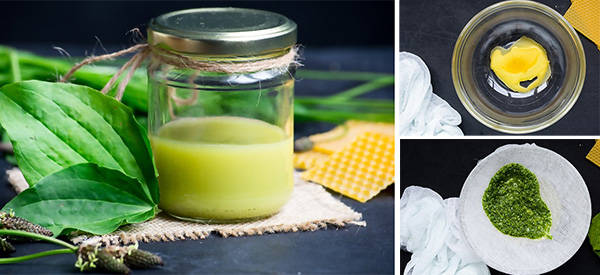
How to Make Anti-Inflammatory Band-Aid Using Plantain
Plantain is an amazing plant likely found in your garden. We are not talking about that greenish type of banana but a green plant found in your back yard. People often remove plantain as they find is unattractive, but this little plant has great potential.
Plantain is called the “band-aid” plant as it has soothing and anti-inflammatory properties, all thanks to a natural compound found in this plant: iridoids. Besides this, the plantain contains aglycone and aucubigenin, which have documented antimicrobial properties. As you can see, the plantain is packed with beneficial agents for the skin and, in addition, has allantoin, which promotes skin healing. You may have heard about allantoin as it is often a key ingredient in skin healing creams.
Plantain Can Be Used For the Following:
- Spider, mosquito, or any other bug bites
- Bee or wasp stings
- Eczema
- Psoriasis
- Diaper rash
- Sunburn
The best plantain to use is the plantain that is not treated with pesticides. If you have a local forest or clean park, try picking plantain there; otherwise, you can buy dried and clean plantain on the Internet. Herbal stores are also a good starting point.
Once you have picked or bought some high-quality and pesticide-free plantain leaves, you can make your own plantain salve.
For approximately 1 cup, you will need the following:
- 1 cup plantain leaves, chopped
- 1 ½ cups olive oil or melted and cooled coconut oil
- 1 tablespoon + 1 teaspoon grated beeswax
- Tea tree oil, not more than 1 teaspoon (optional)
Related: How To Make Tea Tree Oil To Treat Infections
Equipment:
- Heatproof jar
- Sterile gauze
How to Make Plantain Salve:
#1. If harvesting leaves, make sure you harvest on a dry and sunny day.
#2. Clean leaves from any dirt with a dry cloth, and discard any leaves with color changes or spots. Use only healthy leaves.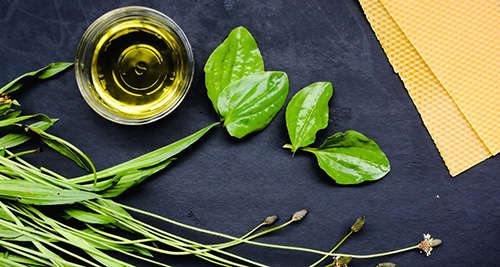
#3. Chop leaves or grind in a food processor.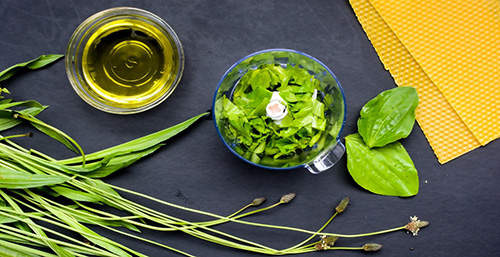
#4. Place the leaves in a heatproof jar and cover with the desired oil, olive or coconut.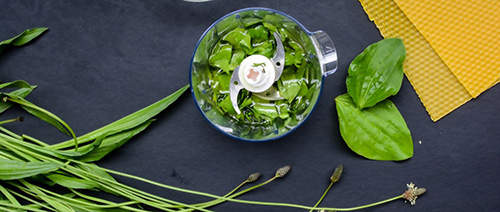
#5. The leaves must be submerged in oil completely.
#6. Process the plantain and oil mixture until smooth. Make sure you do not over blend because you may end up with tiny pieces of plantain in your salve. The plantain may get too “shredded” and just pass through the gauze.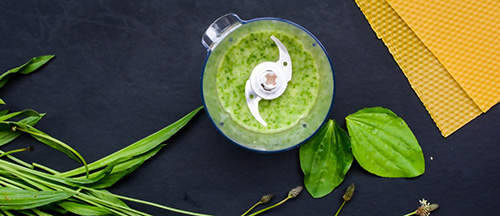
#7. Cover the jar with a piece of cheesecloth or gauze, and secure the gauze with a band.
#8. Place a kitchen towel in your slow cooker.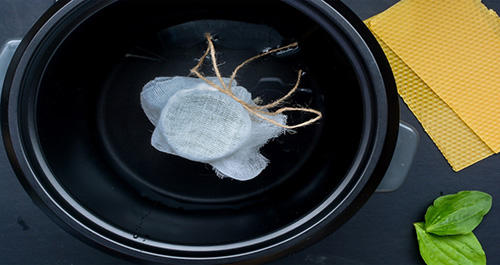
#9. Place the jar inside the cooker and fill with water so the water covers about half of the jar.
#10. Set to LOW and cook, covered for 12–24 hours. The key is to infuse the oil with plantain compounds.
#11. If needed, add more water but warm water, not cold.
#12. Place a piece of large gauze over your bowl. Secure the gauze with a large rubber band.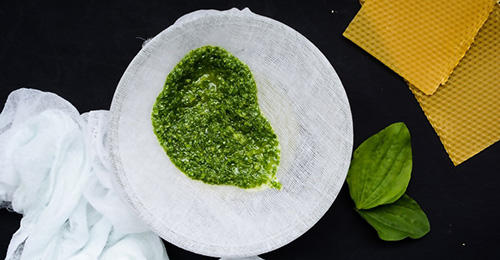
#13. Pour the oil into the gauze, and let it drain.
#14. Press any undrained plantain mixture to drain any remaining oil.
#15. Melt the beeswax over a double boiler.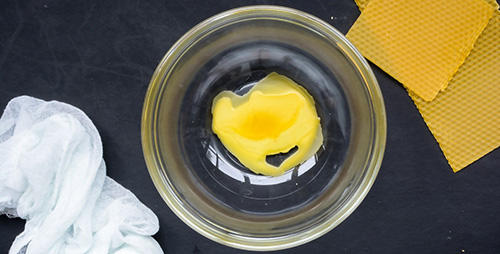
#16. Stir the beeswax into the plantain oil, and add tea tree oil at this point, if using.
#17. If your beeswax hardens, set the bowl over a double boiler and stir until melted.
#18. Pour the salve into a DRY jar and allow to cool.
#19. Do not close until it reaches room temperature.
#20. Once cold, put a lid on the jar.
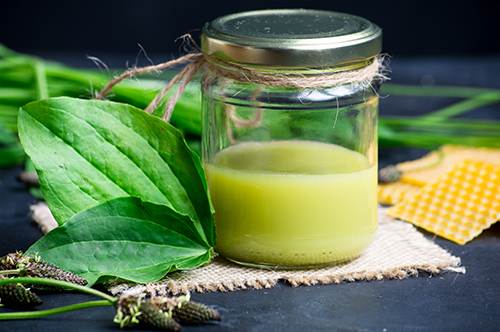
#21. Store in a cold and dry place.
NOTE: If you do not have a slow cooker or crock pot to use, you can infuse it another way!
- Just grind the dry leaves and submerge them in the oil. Place aside for 4–6 weeks in a dry place.
- Strain and add beeswax, as described above.
You may also like:
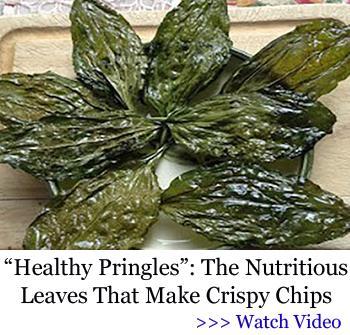 How To Prepare Medicinal Pickled Garlic
How To Prepare Medicinal Pickled Garlic
The 10 Medicinal Seeds You Should Plant For A Complete Backyard Pharmacy (Video)
10 Beautiful Plants That Are Secretly Killing Your Garden







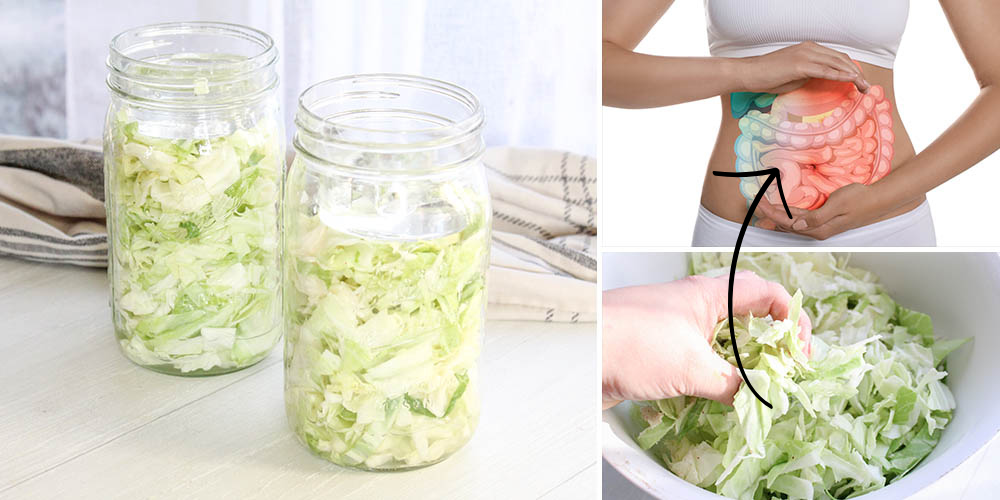

I’ve made plantain salve as needed., but hand chop the leaves. There are several types of plantain and it helps to recognize what may be common in your area. Here in northern Alabama we have the narrow leaf plantain, which is very pretty when it’s stately flowers are in bloom. It transplants easily too so I rescue the plants from our front lawn when I see them. I use smaller bottles for the finished product as a little goes a long way when used. We like to get olives and mushrooms and other things in small jars. Those are handy to tuck in a bag or purse if going out for a walk.
Hi Runigh,
I am glad you are already making this salve :).
I AM 87 YEARS OLD AND THIS LOOKS LIKE A LOT OF WORK….CAN YOU PURCHASE IT ALREADY MADE AT A HEALTH FOOD STORE, LIKE “WHOLE FOODS”???
You can buy this salve online..just google p,a gain salve. It’s great stuff, I have been making it for years.
Hi Rene,
Thank you so much for your comment. You ca purchase a plantain salve here: https://www.lehmans.com/product/all-natural-plantain-salve/
God bless!
not trying to sell you here, but i offer plantain infused oil and salves on my website. the code 328754 will give you a 12% discount
So thankful for all the knowledge you share with us! My niece had a friend who was bitten by a brown recluse. She picked a small amount of plantain, chewed on it a bit to release it’s healing properties, & attached it to the bite for the remainder of the day. The next day the bite was almost completely gone! I had a nurse friend who was bitten by a recluse, & they had to keep removing skin on her hip. She now has a very pronounced limp. I have noticed that wherever brown recuses are plentiful, so is plantain!!! God Bless!
How long does it last once made?
Hi Kathryn,
The salve will last about 6 months. If you keep it in the fridge it can last up to an year.
What is another name for plantain?
Hi Nell,
It’s also known as Fleawort 🙂
Plantago major
Thank you for sharing these wonderful remedies. How often can I use this salve, safely, on arthritic joints? And is it safe if one has chronic kidney disease?
Hi Jeanie,
Thank you so much for your comment.
You should apply the salve twice a day, but if your pain is intense, you can use it more than recommended. The salve is safe even if someone suffers from chronic kidney disease.
I wish you the best health.
God bless!
Thank you Nicole.
I just got your book and am separating the other books to LEARN, lol.
I have been wanting to learn how to use herbs for long time. Thank you.
One thing, wouldn’t be easier to add the plant’s latin name. I’m having hard time and I’m concern to get the wrong herb, weed. This one for example, I googled it and it gives me few different plants as “Plantain” + Plantago, Broadleaf, Horray, ribwoorth, rugelii…..
Hi Lettie,
Thank you so much for your comment and for your kind words as well. We appreciate it.
You can find the plant’s Latin name in the book. It is below the traditional name of the plant.
If you are referring to the article, you are right. We will also add the Latin names of the plants in our articles from now. Great feedback.
Thank you!
God bless!
This post has wonderful detail for creating the salve., but I don’t find this kind of information in the book. Where do I find directions for the way the plant is to be used— oral or topical, tincture or tea, salve or poultice, etc?
Thank you for the recipes. I just made some using dried plantain, is there a preference over fresh or dried? Does one infuse better into the oil?
Here in Northern Alberta; I was raised to use plantain leaf to suck out infections. Works great as a skin healer, infection healing plant. Pick then freeze, place on would bottom side against infection, cover with gauze or band aid to hold in place. change as needed. Only takes a day or 2. You can also place fresh leaf in boiling water for 10 sec, that opens it up for healing, then place on the wound. No salve required.
Awesome info…..going to try immediately! Thank you
Debbie, Thank you for the info. That is something that can be done for first aide or a lingering infection and done quickly with little work.
Yes, Debbie: I thought that is what this post was: using Plantain as a bandage, not making a salve! At least, that is what the title said.
[…] How to Make Anti-Inflammatory Band-Aid Using Plantain […]